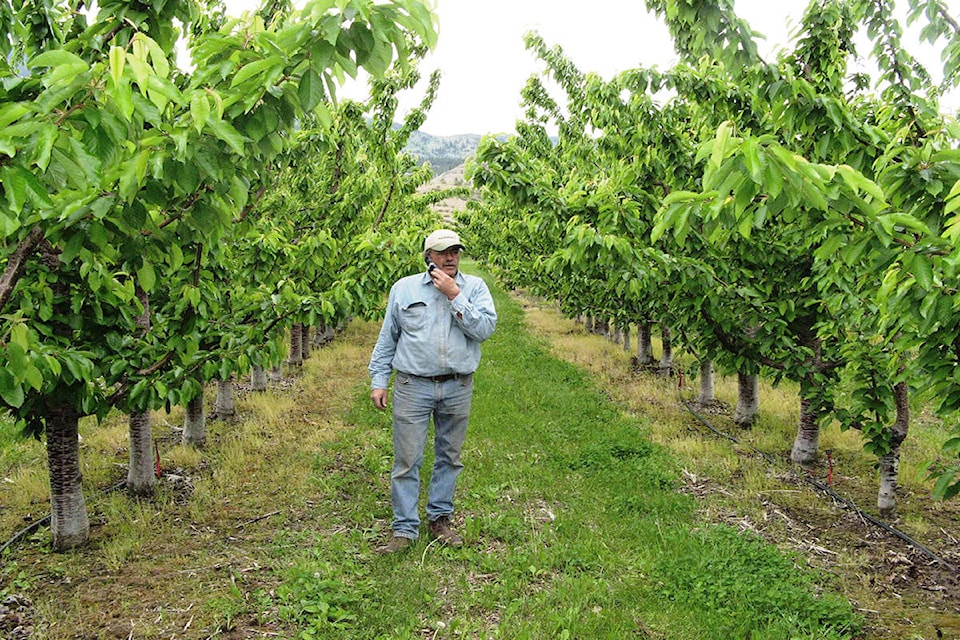A study to assess how to sustain food self-reliance in the Lower Mainland will soon be carried out for the Okanagan region.
Kent Mullinex, director of the Institute for Sustainable Food Systems at Kwantlen Polytech University in Richmond, said the study looked at how the Lower Mainland’s food production industry can be buffered against uncertainties of global economics and be better positioned to confront environmental issues such as climate change while contributing substantially to the local economy.
Mullinex, speaking at the Building SustainABLE Communities conference in Kelowna this week, said the research project developed suggestions on how the bioregional food system can address those challenges, such as the projected growth in population for the area from the current 2.7 million to 4.3 million by 2050.
He explained bioregionalism adheres to the notion that human settlement and land use patterns must be viewed as integral, functional components of ecosystems rather than as separate unrelated entities.
At the Lower Mainland’s projected population growth rate, Mullinex said current agriculture and economic development practices would see land use dedicated to agriculture plummet from 40 to 28 per cent, placing an increased stress on food production and ecosystem habitat.
As well, he said it remains an unknown as to how much of Lower Mainland food production is targeted for export as opposed to feeding the local population.
He said the study determined if changes were made to Lower Mainland food production practices, the land mass dedicated to agriculture would increase from 40 to 56 per cent along with a 57 per cent growth in food industry and 49 per cent land enhancement in environment preservation.
“We project that the food industry value in the Lower Mainland would increase from $1.8 billion to $2.9 billion by 2050,” he said.
Some of the food production changes incorporated to support that economic prognosis include:
* Prioritizing production of vegetables, fruits and livestock over hay and pasture
* As red meat production has a very high ecological footprint compared to other food commodities, greater emphasis to downgrade meat production against more vegetable and fruit production while maintaining egg and dairy consumption would see a 37 per cent reduction in that ecological footprint.
* Maintaining existing large forest stands because of their carbon storage capacity which mitigates the impact on the atmosphere
* Other environment protection measures would encompass planting new hedgerows or riparian buffers and maintaining existing perennial vegetation along land parcel boundaries and waterways
* Increasing food processing capacity to add economic contribution to food system productivity and the provincial economy
“The bottom line is that we are facing a number of pressing local challenges in the southwest B.C. bioregion—an increasing population, threatened farmland, environment degradation and B.C.’s economic vitality and strength of its agricultural sector,” said Mullinex.
“Our project investigated the potential of a more sustainable, bioregional food system to address these local challenges. It demonstrated that such a food system could play an important part of a comprehensive vision for a sustainable future for Southwest B.C.”
While the Lower Mainland study was carried out from 2012 to 2016, Mullinex said no timeline for developing food self-reliance model recommendations for the Okanagan has yet to be finalized.
To report a typo, email: edit@kelownacapnews.com.
<>@BarryGerding
barry.gerding@blackpress.ca
Like us on Facebook and follow us on Twitter.



